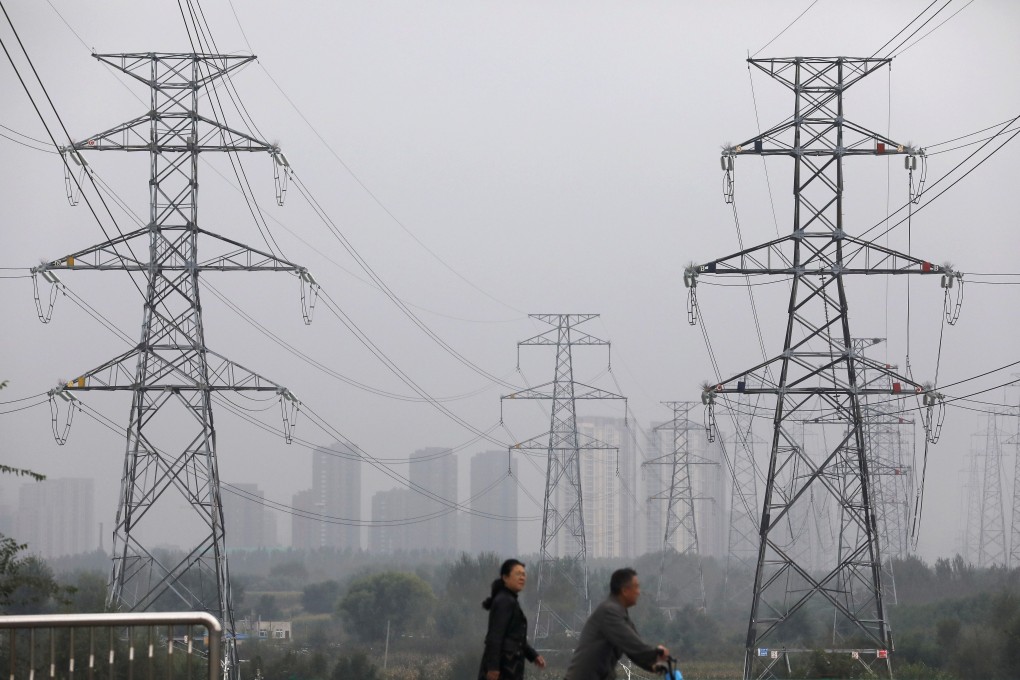The local government failures behind China’s power crisis
- Rather than overhauling industry, grass-roots officials resorted to old ways when they were told to rein in energy use
- The resulting disruptions to supplies prompt a blast from the Communist Party

At the same time, Beijing has set explicit energy and emission control targets, and local officials were told that they would be assessed on how well they met those targets.
Climate experts said that to meet those targets, Beijing wanted local governments to take aggressive action to upgrade factories and make them more energy efficient. Instead, local authorities went back to the old playbook.
“China’s climate actions will require curbing coal production and reining in the development of coal-fired power plants. To do this, local governments need to transform energy and industrial structures and improve energy efficiency,” said Ma Jun, director of the Beijing-based Institute of Public & Environmental Affairs.
“But at the local level, officials are slow to take action [for change]. When there is surging demand, they go back to the old way of development – launching projects [with quick returns] that are energy intensive and emissions heavy.”